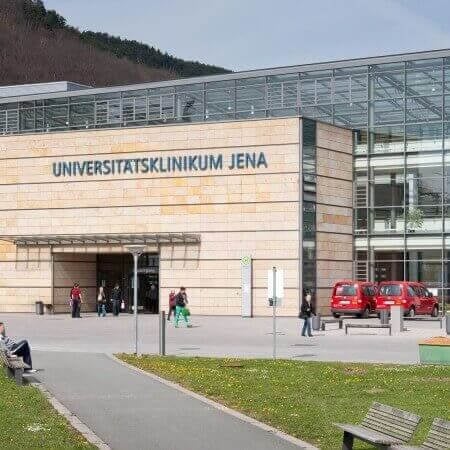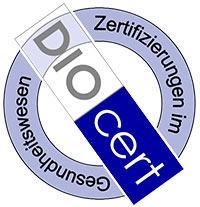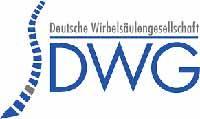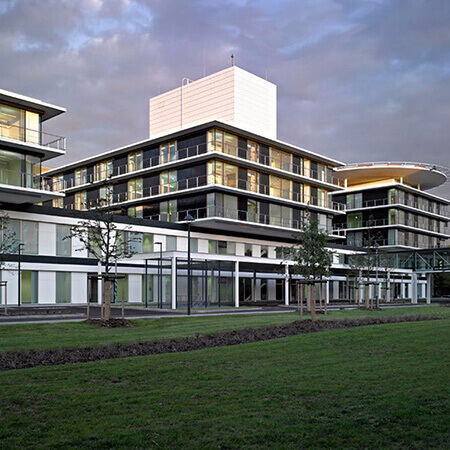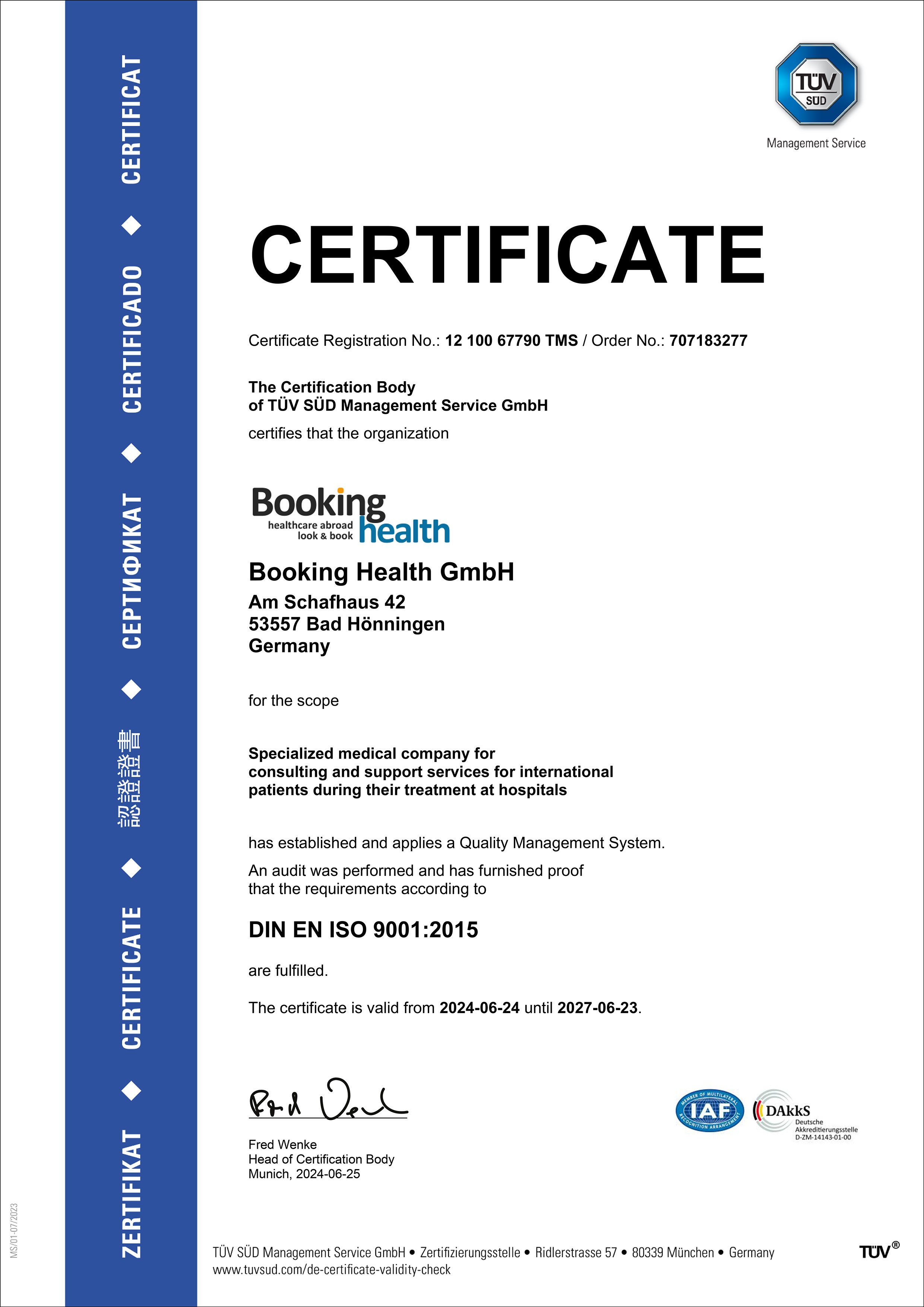About the disease
An Achilles tendon rupture is the tearing of the tissue that connects the calf muscles to the heel bone. The Achilles tendon is considered to be the largest tendon in the human body. It is named after the heroic Greek warrior, famed for being unbeatable in battle until he was shot by an arrow in his one weak spot: the tendon above his heel. The main task of the Achilles tendon is to enable a person to point their foot in different directions and to stand on tiptoe, which therefore assists running, jumping and dancing.
A rupture of the Achilles tendon usually occurs approximately 4 cm above the heel bone and is most commonly caused by injury or trauma. Due to having to run and jump for long periods of time, athletes are most at risk of sustaining a rupture of the Achilles tendon. However, it also commonly occurs in people over the age of 60, whose tendons have become weakened with age. People with previous tendinitis or diabetes are also in the at-risk group.
There are two types of Achilles tendon rupture: complete and partial. The first type is more common, accounting for 70% of all cases. Both kinds cause acute, unexpected pain in the calf muscle or ankle at the time of injury. The pain is similar to that of a bone break or of being shot in the leg. In some cases, the rupture is also accompanied by a loud noise resembling a champagne cork being popped. The injured ankle may seem to have a gap where the Achilles tendon would normally be sprung taut. This area will quickly become weak and stiff due to deep bruising and swelling, making it difficult for the injured person to walk.
Symptoms
- Sudden pain in the tendon after a fall or injury
- Swelling under the calf muscle
- Bruising
- The injured person is unable to stand on tiptoes
- Tenderness and pain quickly increase in severity
Diagnosis
- During a general examination the doctor will ask the patient to lie down on their stomach, to facilitate palpation of the injured ankle. Severe pain is usually an indicator of a rupture in the Achilles tendon. If the patient is able to point their toe, it usually means that the tendon is still connected to the heel bone.
- An X-ray can produce a detailed image of the rupture. MRI and CT scans are also sometimes used, to determine whether any other tissues have been damaged.
Treatment
- Minimally invasive surgery on the ankle aims to restore the initial length and function of the damaged Achilles tendon. This surgery is nearly always successful, as the surgeon only needs to make one or two small incisions to reach the tendon.
- The patient will often be fitted with a cast that holds their foot in place for a period of approximately 6 weeks, allowing the tendon to stretch to its original size. Once the tendon has healed, the patient should regain flexibility and strength in their ankle.
- Physical therapy is also recommended as a follow-up to surgery. This entails special exercises that help the patient to strengthen their ankle, so that they can get back to walking on it normally as soon as possible.
Authors:
This article was edited by medical experts, board-certified doctors Dr. Nadezhda Ivanisova, and Dr. Bohdan Mykhalniuk. For the treatment of the conditions referred to in the article, you must consult a doctor; the information in the article is not intended for self-medication!
Our editorial policy, which details our commitment to accuracy and transparency, is available here. Click this link to review our policies.
